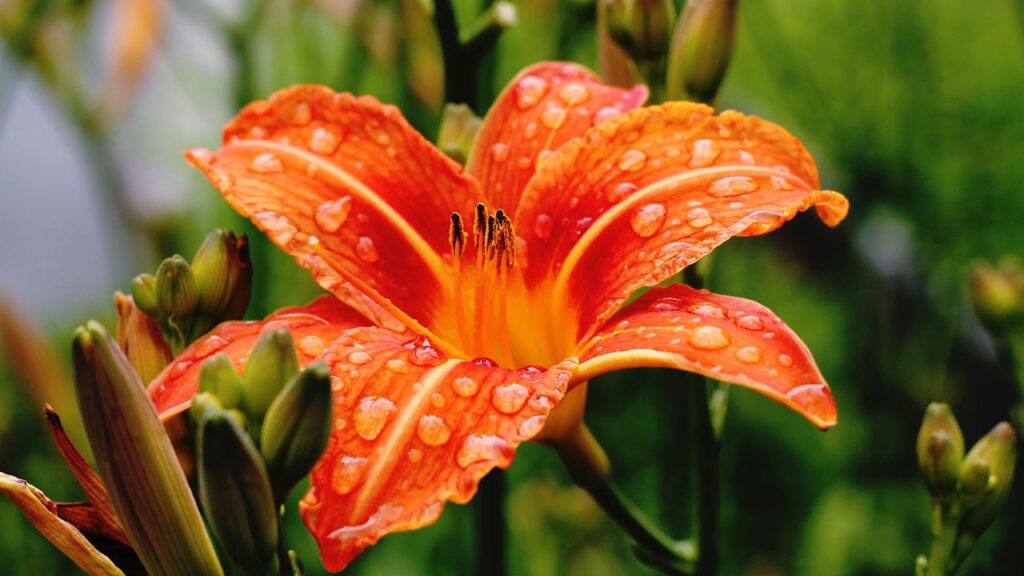Lilies, Lillium longiflorum, with their elegant white, trumpet-shaped and fragrant flowers is the symbolic flower of Easter, but did you know that only a handful of farms grow 95% of all the Easter lily bulbs for the potted plant market?
by John Bagnasco

“Consider the lilies of the field, how they grow; they toil not, neither do they spin. And yet I say unto you that even Solomon in all his glory was not arrayed like one of these.” Matthew 6:28
It began with World War I veteran, Louis Houghton, who brought back a suitcase filled with the Lillium longiflorum bulbs to the west coast in 1919 and gave them to family and friends.
Although they are native to the southern islands of Japan, when World War II began, the supply of Japanese bulbs was cut off and the price of Easter lilies began to rise. Suddenly a few of the growers in the west coast were able to transform their hobby into a viable industry, nick-naming their Easter lilies “white gold.”
From its humble beginnings in a suitcase, the lily farms now flourish along a narrow coastal strip from Smith River, California up to Brookings, Oregon. Behind poinsettias, mums and azaleas, the Easter lily is the fourth largest crop in the U.S. potted plant market. The following are some tips on how to maintain Easter lilies and how to transplant them once the blooms are spent.
Maintaining a blooming Easter lily indoors:
- Provide bright, indirect light indoors
- Do not place the plant near air conditioning or heat sources
- Prolong the blossom life and prevent pollen stains from the flowers by removing the yellow anthers from the centers.
- Keep indoor lilies by a window with bright, indirect, sunlight and protect them from cold drafts and heat sources, like vents, fireplaces, and appliances.
- If the pot is wrapped in decorative foil (as is common for plants sold around Easter), remove it for watering to allow the pot to drain fully before putting it back on. Overwatering will kill this type of flower.
- Snap off each flower after it dies. When none are left, plant ythe lily in full sun (6 or more hours of direct sun) after all danger of frost has passed in your area and water well. Make sure you plant in a well-drained area. Place the plant in ground at the same depth it was in the pot, and feed it every few months with a balanced fertilizer during the growing season.
